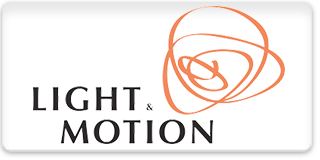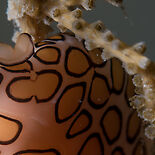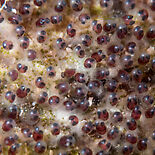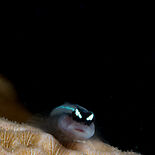GEAR TESTS: OLYMPUS OMD EM5-MKII
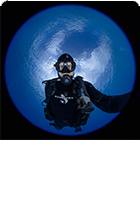 |
Jim Decker CEO  |
The Olympus EM-5 Mark II is the long awaited update to the original EM-5, which at the time, was our top pick for a mirrorless camera. The EM-5 Mark II feels more like an EM-1 than an update to the EM-5. The control set is so similar to the EM-1, a casual user might mistake the two cameras, especially when disguised in a housing. The 2x2 switch is carried over from the E-M1 along with up to 6 customizable buttons. We thought the EM-1 had one of the best control sets in all of photography, and now the EM-5 Mark II shares this same design philosophy.
While the EM-1 is still officially the top flagship camera in Olympus' mirrorless lineup, the EM-5 Mark II, save for a couple of specs, either matches or exceeds the specs from the EM-1. It exceeds the EM-1 in the area of video. The EM-5 Mark II has the ability to record at a bit rate of 77mbps and also has the ability to shoot 1080 60p. Previously the EM-1 only shot 1080 30p at 24 mbps. The area where the EM-5 Mark II falls short of the EM-1 is the flash sync speed. The EM-1 is at 1/320 while the EM-5 Mark II is at 1/250.
If you have an EM-1 already, I don't see a compelling reason to "upgrade" to the EM-5 Mark II unless you have an interest in producing more video. If you're looking to upgrade from an EM-5 or a PEN, the EM-5 Mark II makes for a significant leap forward.
Shot Information about the Wreck Image
The EM-5 Mark II performs well even at higher ISO settings. Sharpness is enhanced by the lack of an anti-aliasing filter.
Shot Information about the Blenny Image
Super macro shots are not a problem with the EM-5 Mark II. The LCD screen has increased resolution and dynamic range making it easier to see critical focus. For those whose vision might not be the best to see a LCD screen, the higher resolution electronic view finder can be used with a magnifying viewfinder like an SLR to get the best critical focus view.
 |
Chris Parsons Nauticam Team Member  |
I knew I wouldn't get a lot of time with this camera, as it would be popular for demo use, but I knew exactly what to try on the one dive I did get with it.
Take a look at the smallest image width with the CMC - it's 9mm, and that is achieved with a micro 4/3 camera, the M.Zuiko Digital ED 60mm f/2.8 Macro Lens, and the CMC. The Sargent Major eggs shot is an example of this combo... 9mm from side to side. Those eggs are about 0.5mm wide. That's a ton of magnification with a lens that is quite manageable in size. The EM5II did a good job of tracking down focus. I was using the FIX NEO 1500 SWR focus light. I'd recommend using a focus light for virtually all macro shots, but especially on cameras like this that use contrast focus detection. Without some light, there's not much contrast to work with.
READ MORE GEAR TESTS:





